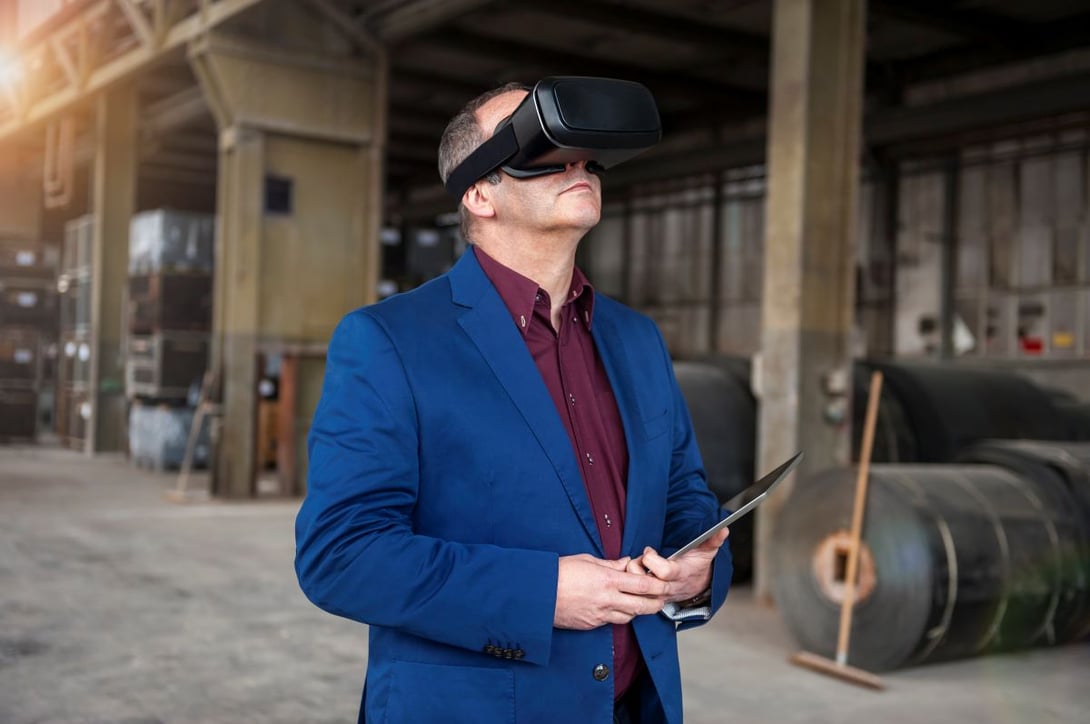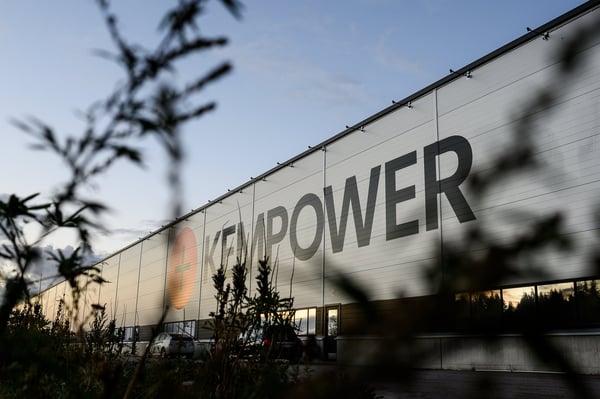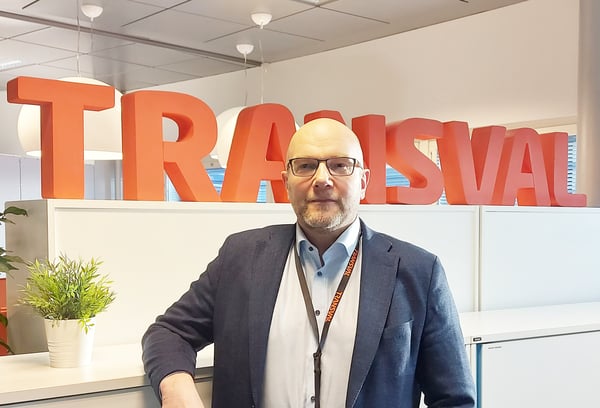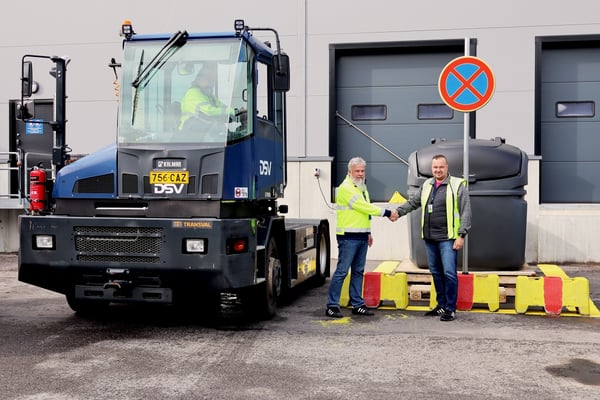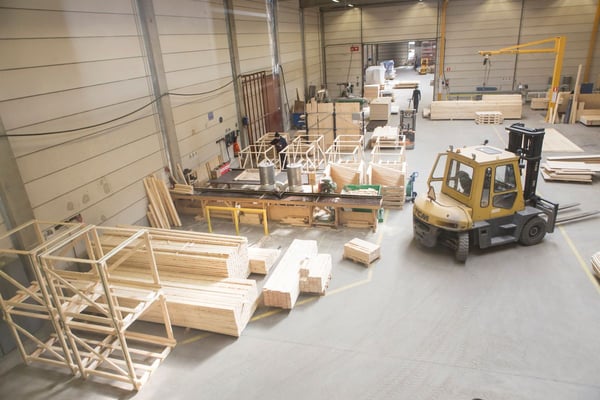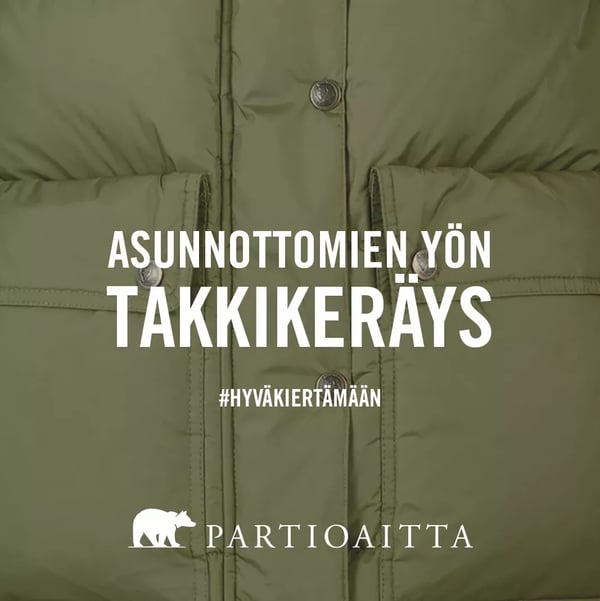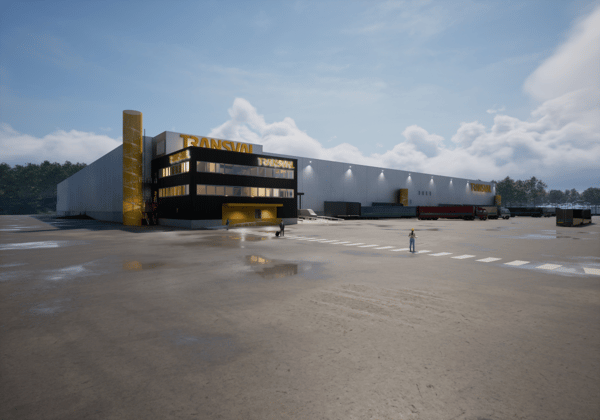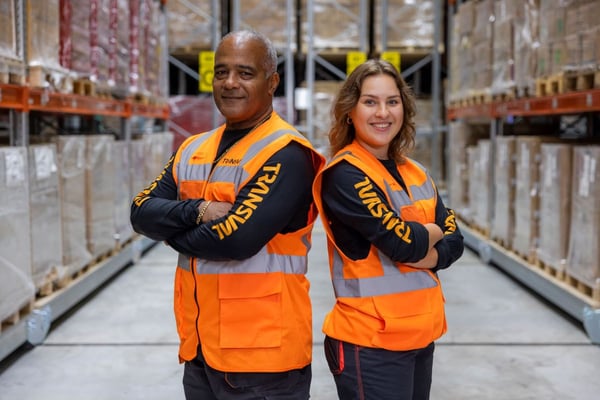Transval's industrial customers often need new storage or packaging facilities in their operations. Juho Peltomäki, working in digital development, helps customers with space planning, and has successfully used virtual technology in the layout planning phase.
"New facilities often have to be designed on the terms of old properties, for example real estate technology is often old. Customers also want to be really closely involved in the design. 3D modeling and the related virtual design has brought a very cost-effective way to optimize the necessary compromises. It also makes cooperation with the customer very smooth," says Juho.
Step by step for the best result
The utilization of virtual technology in layout planning is progressing in stages. First, the volume and measurement data of the planned activities are analyzed: what is processed, what is stored, are there any special needs? After that, a value stream and process description are created based on the analyzed data, which gives an accurate picture of the functions and the relationships between the functions.
The third stage is a rough 2D rendering of the space, for example, on a PowerPoint template, where the machines and equipment are placed. At this stage, it is very easy to go back in the design if the customer notices additional need of space.
The fourth stage is then 3D design, which brings much more visuality to the design. The customer gets certainty and confirmation of his design when, for example, workstations can be depicted more precisely, or corridor widths can be illustrated.
Put on the VR glasses and walk through the "warehouse"
After this, the last step is at hand, i.e., a virtual process walk. Using VR technology, you can walk in the new warehouse in virtual reality 3D model - just like walking in the real space. The customer can check that the workstations and their placement are as they should be or that safety issues have really been considered.
Juho says: "For example, blind spots become visible in a completely different way, when you can move around the space and observe it yourself virtually. And remember: nothing has been built or done yet at this stage, so whatever is found to be inoperable, changes can still be made, easily and cheaply".
An extremely believable way to present the implementation of the project
When the customer can virtually walk in their new space and make sure with their own eyes that everything is as it should be, the customer trusts the quality of the work. Possible errors can be eliminated without acquiring any unnecessary machines or shelves.
"As one satisfied customer said: It's wonderful to see the warehouse in advance, before the lease is signed," sums up Juho.
Check this out! Using virtual technology, customers can get to know their new warehouse in advance, without having to build anything yet.
Interested?

